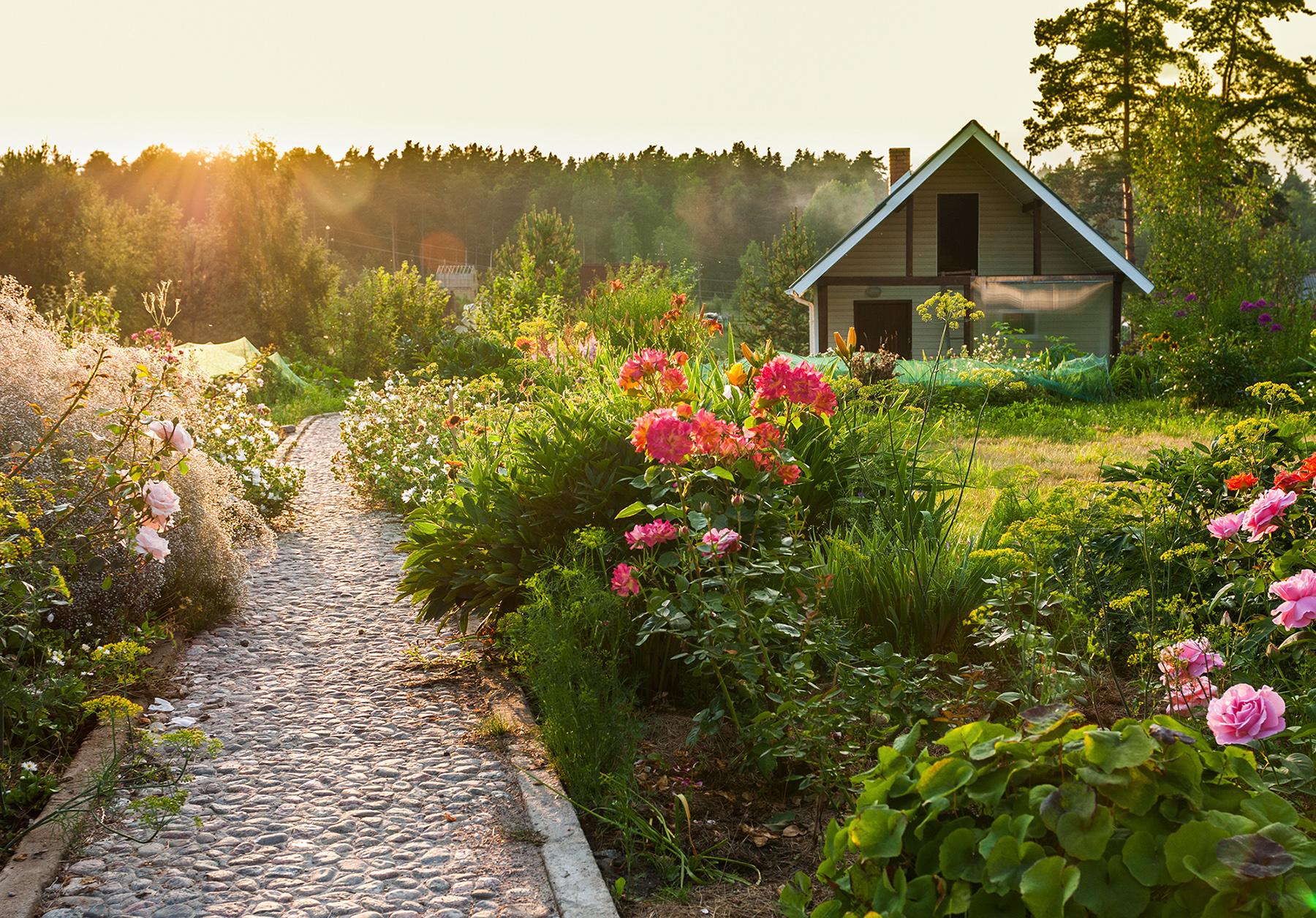We can certainly appreciate the natural beauty of a deer stepping through a forest or quietly making its way across the prairie. But, deer and gardens definitely do not mix. Deer are not uncommon in Winnipeg backyards. It can be tricky to keep them from eating your plants and trees. Here are a few tips and products that will help you prevent your yard from becoming a deer feeding ground.
The only sure thing
The only sure and permanent way to keep deer out is to construct a garden deer fence. To eliminate the chance of a deer jumping the fence, it needs to be sturdy and at least seven-and-a-half to eight-feet high. That’s a big investment that many of us don’t want to go to those lengths (or should we say heights?!). So let’s discuss deterrent products, which can be very effective when used properly.
Keep deer away by staying one step ahead
Deer are surprisingly undiscriminating when it comes to what they will eat, and they’re also incredibly adaptive. There’s a good chance that those you see in your yard from time to time are repeat visitors since deer don’t typically travel far. Varying the types of garden deer repellents, rotating them throughout the season and changing tacts, often are crucial to ward off deer.
We recommend using Bobbex, which deters by taste, and Plantskydd, which deters by smell. Use these products intermittently, starting in the spring. Another variation to add to the mix is an electronic deterrent like Sonic Shield, which is motion-activated to produce ultrasound waves unwelcoming to animals.
Whatever products you use, the key is to mix it up and start early in the season – remember that prevention is a lot easier than interrupting an established pattern! In addition to being useful, these products are also completely safe for your family and pets. They don’t harm deer in any way either.
Deer-resistant plants are a guideline, not a rule
Deer tend to avoid plants that are sticky, rough, fuzzy or plants with spiny protection. They also dislike fragrant leaves or a pungent flavour. However, take any list of “deer-resistant” plants with a grain of salt because deer will eat almost any plant if hungry enough. They will overcome their preferences if it means an easy meal, mainly when nothing better is readily available.
You can see a list of plants that deer are not attracted to right here. It may help to use these plants on the perimeter of your garden, creating a kind of fence around the plants that deer enjoy. Keeping wild grassy areas trimmed and cleaned can also prevent deer from being tempted to bed down.
Protecting your trees
Deer are notorious for eating cedars and evergreens in the winter when nutrients are scarce. Deer are also known to strip the leaves off of young trees in the summer months. To keep deer away from your trees, create a perimeter around them with stakes and securely wrap wire mesh (such as chicken wire) around the stakes. Be sure to make a wide enough boundary that deer can’t merely eat the foliage right through the mesh.
We know it can be frustrating, but with a little patience and persistence, your yard and garden can co-exist with the deer passing through it. If you need additional tips or resources, don’t hesitate to get in touch with us—we’re always happy to help.
Make a plan, stick with it, and watch your garden flourish!


